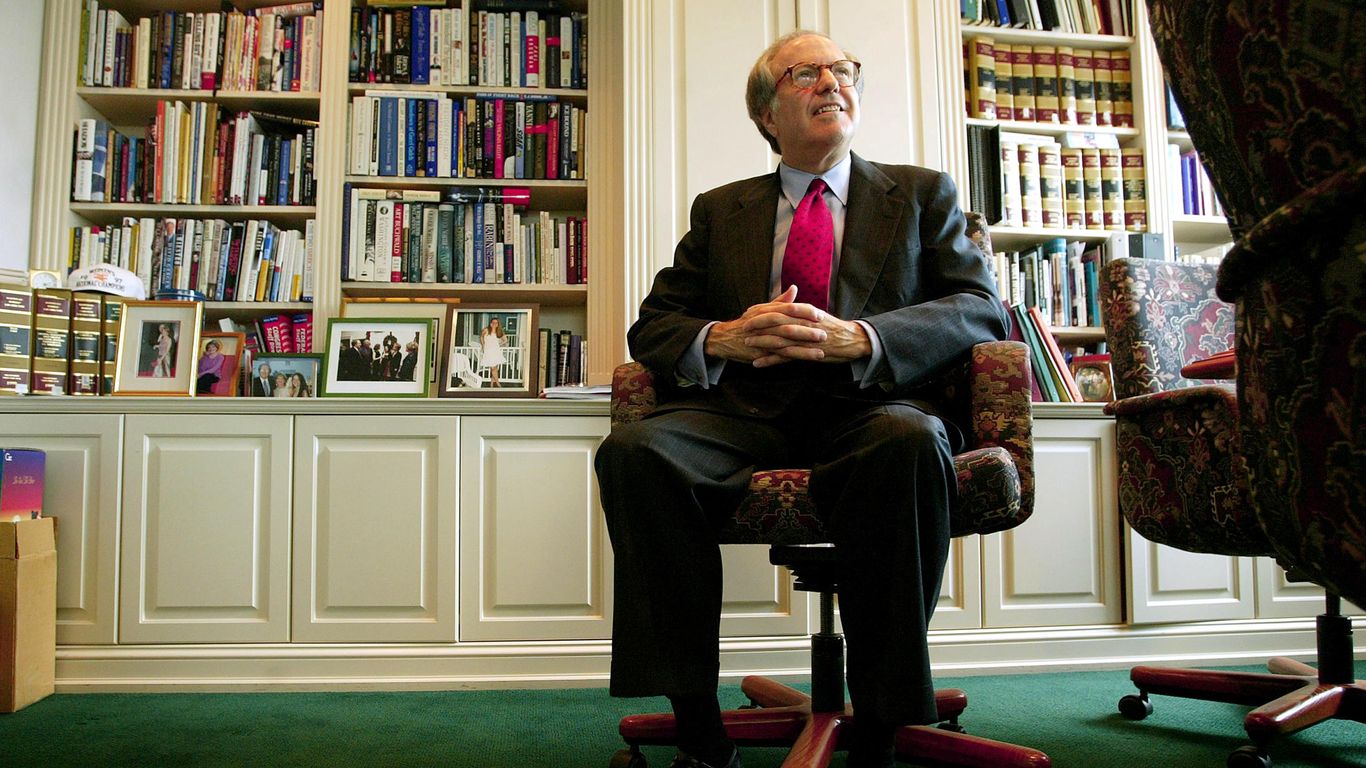
"At Bob's suggestion, we borrowed the stools we'd rehearsed on at the Williamsburg Inn and brought them to the studio. Somehow Bob smooth-talked the crew into subbing out the stools so that Gov. Clinton would have a home-stool advantage"
"Bob played George H.W. Bush in our prep ... even wore a preppy wristband on his watch,"
"and he told me about the pitcher's mound they had constructed to mitigate the height difference for [Michael] Dukakis against 41 in 1988. ... It was a ramp built under the carpet so it wasn't discernible to the naked eye on TV."
"we had them build a gradual slope up to her podium and carpet it, so she wouldn't look like a little kid having to step up on a stool. Bush was about a foot taller."
Campaign teams and production crews routinely alter debate staging and set design to manage candidate optics and height disparities. Teams borrowed and swapped stools to create a home-stool advantage for Gov. Clinton and rehearsed opponent portrayals during prep sessions. Operatives described constructing concealed ramps or "pitcher's mounds" under carpeting to raise shorter candidates subtly, a tactic used for Michael Dukakis against George H.W. Bush and earlier for Geraldine Ferraro. Advisors continued to treat set design as a tactical tool in 2024, taking notes on staging demands and coordinating with debate hosts about visual presentation.
Read at Axios
Unable to calculate read time
Collection
[
|
...
]